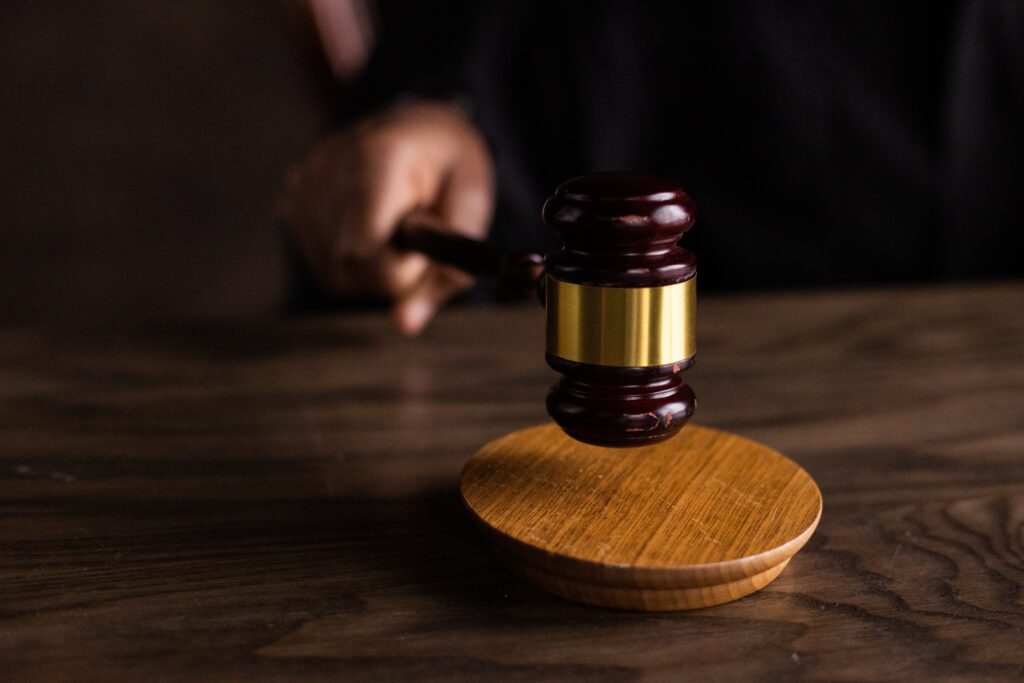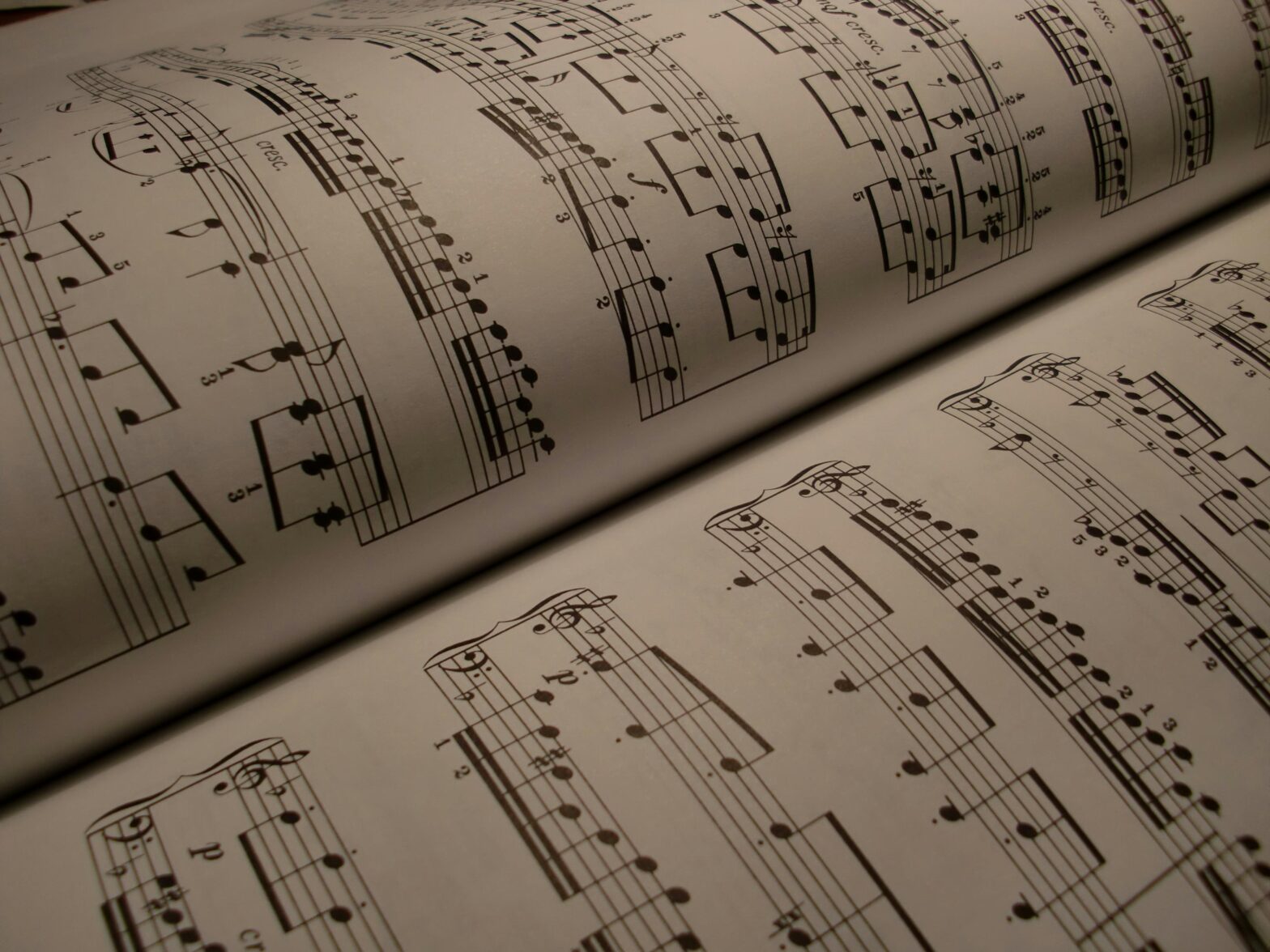Table of Contents
Music has the incredible power to enhance various forms of content, such as vlogs, podcasts, and ad campaigns, making them more engaging and impactful. However, using existing music without proper permission from the artist can lead to copyright issues. This is where music licensing comes into play. In this article, we will delve into the world of music royalties and licenses, exploring various types of music licensing, with a special focus on sync licensing.
What is Music Licensing?
Music licensing is a legal process that ensures the original copyright owner of a piece of music receives royalties when others use it. This permission is necessary to use the music in various forms, and it dictates the terms, duration, and compensation for the artist. Obtaining a music license involves reaching out to the legal entity representing the artist, such as a record label, publisher, or a dedicated music licensing company.
Consequences of Using Unlicensed Music
Using music without proper licensing is against the law and can have severe consequences, especially in the digital age. Platforms like YouTube employ technology to identify unauthorised use of music, leading to Content ID claims that can prevent creators from monetizing their videos. Repeated violations may result in copyright strikes or even channel suspension. Which is why a comprehensive knowledge of different types of music licenses and royalties is important for creators, brands and agencies.
Types of Music Licensing
In India, there are six primary types of music licensing:
- Master License: This grants permission to use the pre-recorded version of a song. It does not allow re-recording for other projects and is often issued alongside a sync license.
- Public Performance License: This is commonly used for broadcasting music in public spaces like stores, concerts, or on digital platforms. Performing rights organisations (PROs) like BMI, SESAC, and ASCAP manage this license and ensure artists receive royalties.
- Print Rights License: Required when reproducing printed music sheets.
- Mechanical License: Needed to reproduce an artist’s work in tangible forms like CDs. It’s also necessary for remixing or altering the original composition.
- Theatrical License: Special permission needed to perform copyrighted music on stage in a theatre.
- Synchronisation License (Sync License): Focuses on pairing original music with visual media, allowing its use in videos, commercials, or films.
Know more about – Difference Between Copyright and Licensing in Music
Understanding Sync Licensing
Sync licensing is a crucial aspect, especially for content creators. It involves pairing music with visual content, and obtaining sync rights is necessary for releasing the song in video formats like Blu-ray discs, YouTube, or DVDs. This license is crucial for vloggers, filmmakers, and advertisers who want to use popular songs in their content.
Example of Sync Licensing:
- Used in studio films, commercials, personal films, streaming advertisements, and internal communications.
- Commonly required for cover song videos, wedding videos, commercials, corporate videos, and YouTube music videos.
However, there are exceptions when sync licensing is not required:
- If the creator wrote the song themselves
- If the song is in the public domain
- If the use is for an audio-only product
Music Licensing for Brands
Music plays a significant role in brand marketing, connecting with audiences, evoking emotions, and reinforcing messaging. Brands need proper music licensing agreements to use music in their commercial endeavours. Different types of music licensing agreements for brands include:
- Synchronisation License: For using music in videos or audiovisual content
- Public Performance License: Required for showing brand videos in public spaces
- Master Use License: Necessary for using a specific recording of a song
- Digital Download License: Needed for distributing brand videos digitally

Understanding Musical Law
Musical law encompasses the legal aspects of the music industry, including copyrights and licensing. Key components include:
- Copyright Protection for Musical Creations: Immediate protection for musical compositions, granting exclusive rights to creators
- Performance Rights and Royalties: Collection of royalties by PROs for public performances
- Mechanical Licenses: Consent to reproduce and distribute musical compositions in recorded formats
- Sync Licenses: Agreement for synchronising music with visual media
- Sampling and Fair Use Doctrine: Balancing creativity with copyright considerations, allowing limited use without consent
- Digital Millennium Copyright Act (DMCA): Protecting digital content and empowering rights holders to address online copyright violations
Understanding the various types of music copyright licenses is crucial for artists, fans, and industry players as technology continues to shape the music industry. Musical law ensures fairness, artist compensation, and creative freedom.
In conclusion, music royalties and licenses as well as legal considerations are integral to the harmonious coexistence of creativity and legality in the music industry. Whether you’re an artist, content creator, or avid listener, grasping the nuances of musical law enriches the appreciation for the melodies that punctuate life’s moments.

